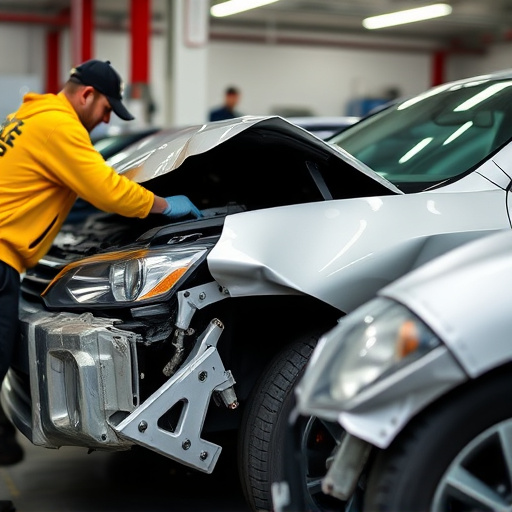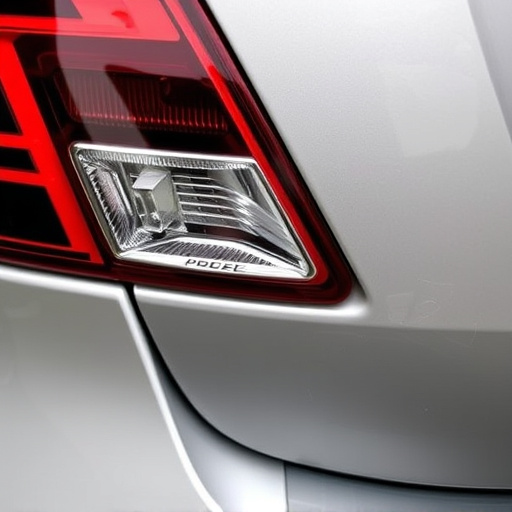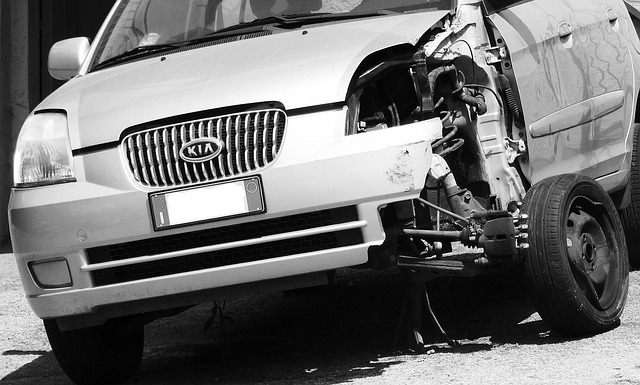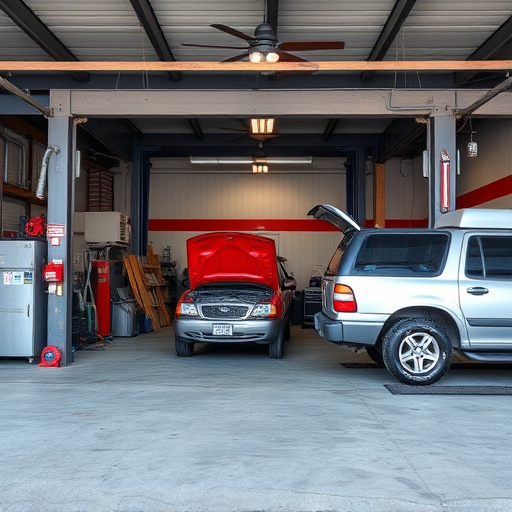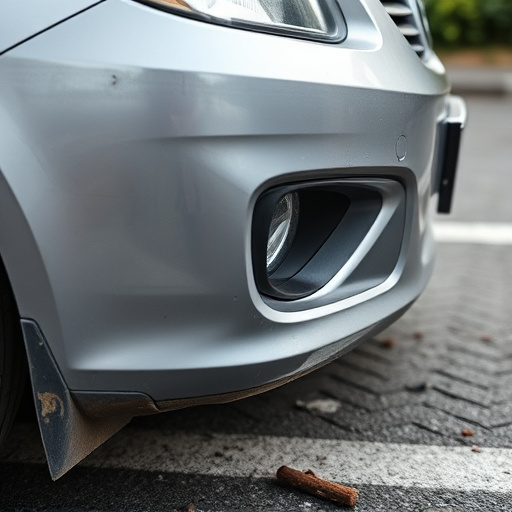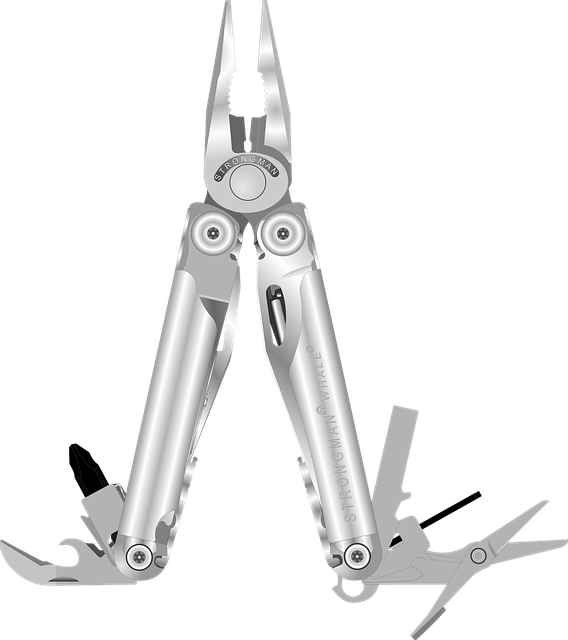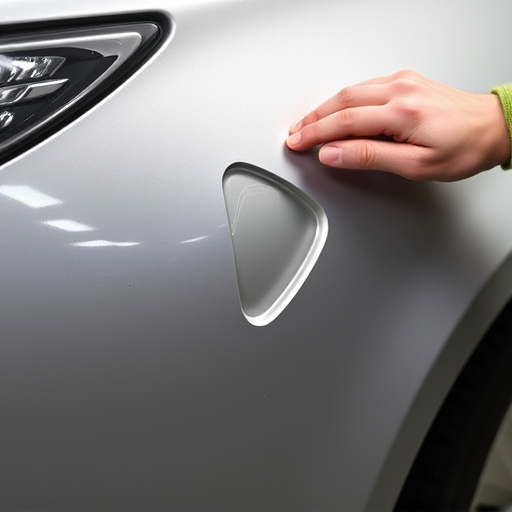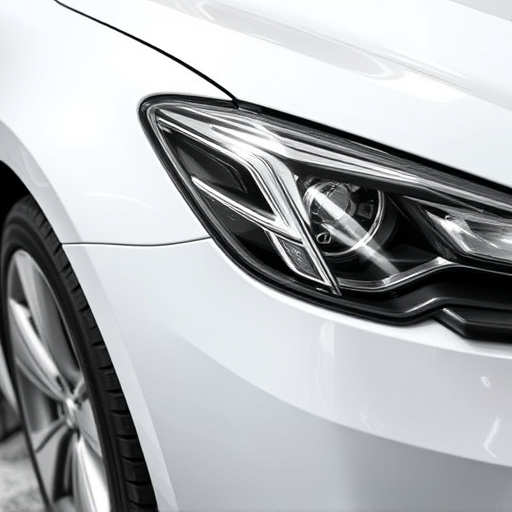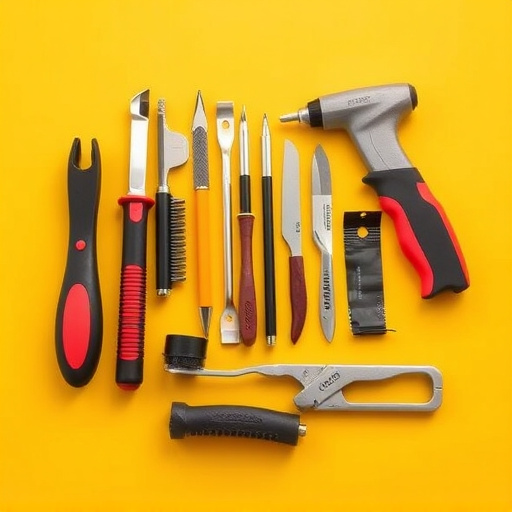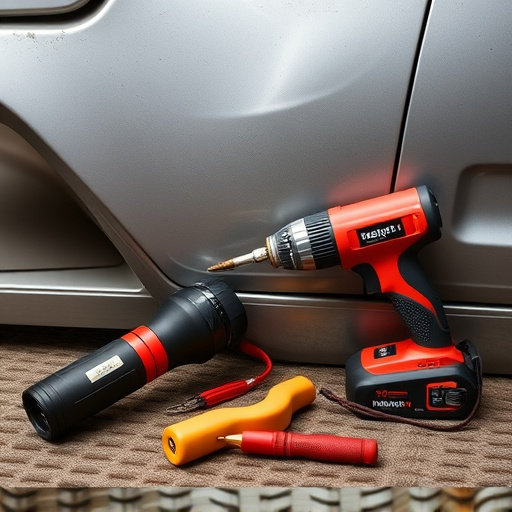Carpet replacement collision scenarios after car crash or hail damage restoration are common, requiring thorough post-repair inspections to ensure interior quality and integrity. Inspectors must meticulously assess collision sites to match texture, color, and pattern, addressing misaligned edges, uneven cuts, or visible gaps for a professional finish. Accurate assessments involve detailed documentation and photography, checking for misalignments or structural issues that may be concealed by carpet replacement collision. Integrating these protocols into inspection routines enhances problem identification beyond conventional methods, ensuring customer satisfaction and high service standards in automotive body shops.
In the realm of post-repair inspections, carpet replacement collision plays a pivotal role, often overlooked yet significantly impacting overall quality. This article delves into the intricate dynamics of carpet replacement scenarios, exploring how they navigate through the post-repair process. By understanding these collisions, professionals can enhance inspection efficiency and ensure superior results. We’ll discuss strategies to navigate these challenges, guaranteeing comprehensive evaluations and maintaining high standards in every repair project.
- Understanding Carpet Replacement Collision Scenarios
- Impact on Post-Repair Inspection Process
- Strategies to Ensure Comprehensive Evaluation
Understanding Carpet Replacement Collision Scenarios
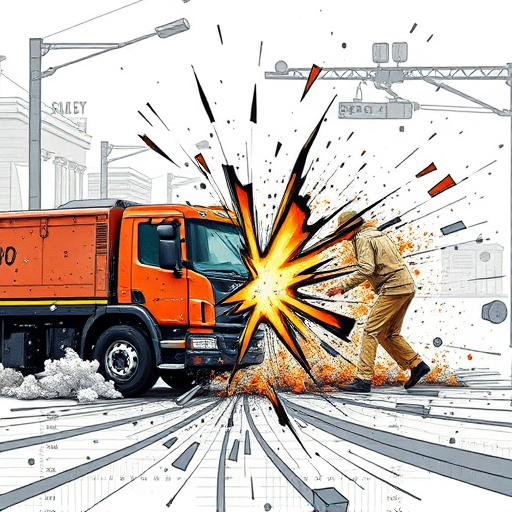
Carpet replacement collision scenarios are a common occurrence after repairs, especially in cases of car crash repair or hail damage restoration. These situations demand meticulous attention during post-repair inspections to ensure the quality and integrity of the refurbished vehicle’s interior. Understanding the potential challenges is key to effective inspection processes.
When a car undergoes scratch repair or hail damage remediation, the surrounding carpeting may be affected. Proper replacement involves matching the existing carpet’s texture, color, and pattern precisely. Collisions during this process can lead to misaligned edges, uneven cuts, or visible gaps, impacting the overall aesthetics and value of the vehicle. Therefore, inspectors must carefully assess these collision sites, ensuring seamless integration of new carpets with existing flooring for a professional finish.
Impact on Post-Repair Inspection Process
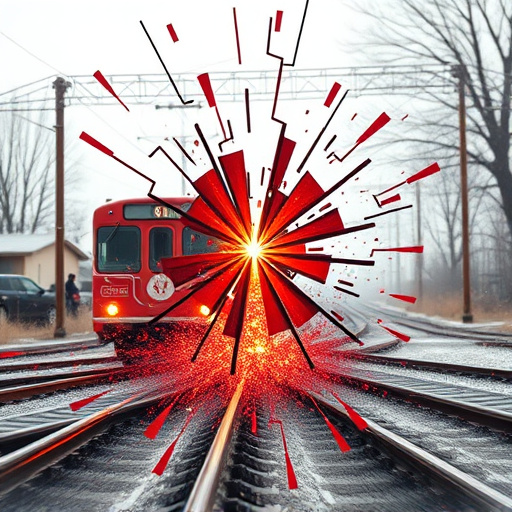
The process of carpet replacement collision plays a significant role in post-repair inspections for several reasons. When a vehicle undergoes fender repair or car repair services, it often involves adjustments to the underbody and frame, which can dislodge or damage floor mats and carpeting. These collisions during the repair process may go unnoticed by customers but can have critical implications for inspection outcomes.
An accurate post-repair inspection requires meticulous attention to detail, especially in identifying any discrepancies that might have occurred during the car’s restoration. Carpet replacement collision could result in misaligned carpets or floor mats, creating an illusion of a perfect repair job when, in reality, there may be underlying issues. Professional automotive body shops must account for these potential challenges to ensure customer satisfaction and maintain high-quality standards in their car repair services.
Strategies to Ensure Comprehensive Evaluation
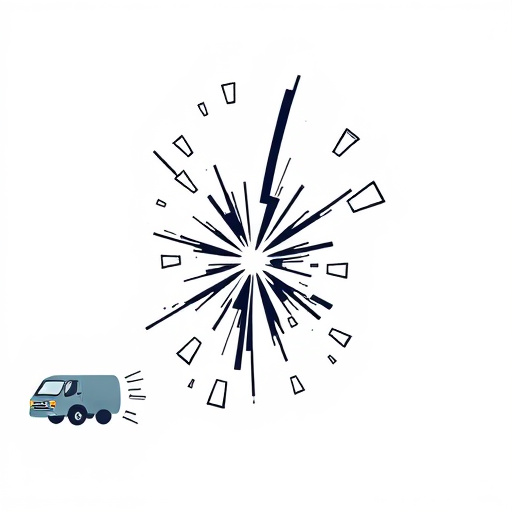
When conducting post-repair inspections, especially after fender repair or automotive collision repair services, a systematic approach is key to ensuring comprehensive evaluation. One effective strategy involves meticulous documentation and photography throughout the entire restoration process. Every step, from initial assessment to final touches, should be captured to allow for later comparison and verification of the work done.
Additionally, integrating carpet replacement collision protocols into the inspection routine is vital. This includes checking for any subtle misalignments or unevenness in the flooring that might indicate underlying structural issues. By combining detailed visual inspections with knowledge of carpet replacement techniques, professionals can identify potential problems that may go unnoticed through conventional methods alone.
Carpet replacement collision scenarios play a significant role in post-repair inspections, demanding meticulous strategies for comprehensive evaluation. By understanding these situations and implementing tailored approaches, professionals can ensure optimal quality control, enhancing customer satisfaction and preserving the integrity of repair work. Effective navigation through these challenges is crucial to achieving successful outcomes in the post-repair landscape.
